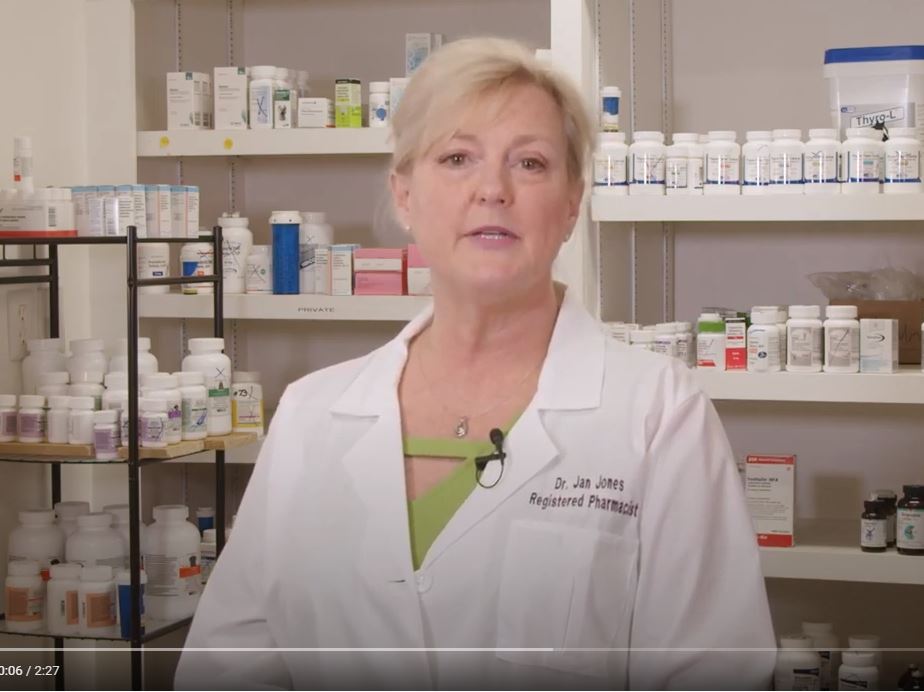Many years ago, my wife and I had a robust pug named Benny. He was short legged, round and had the sweetest personality. Rather like an adorable sweet potato. I would counsel my wife to watch Benny’s weight. She would always reply, “He’s not fat, he is just big boned”. Unfortunately, Benny developed type 2 diabetes and eventually required insulin. It was a hard lesson to learn.
In observance of NATIONAL PET OBESITY AWARENESS DAY, October 14, 2020, I wanted to dedicate this blog to further our understanding of the impact that even a pound or two of weight gain can make on our pets’ health and wellness.
How much weight gain is too much? You would be surprised!
It does not take much weight gain to put a pet at risk for developing the serious medical conditions listed below:
Dogs: As little as five pounds above ideal weight
Cats: As little as two pounds above ideal weight
The Association for Pet Obesity Prevention (APOP) estimates 60% of cats and 56% of dogs in the U.S. are overweight or obese. That is roughly 57.7 million dogs and 81.2 million cats.
Why it matters:
With this increase in weight comes increased health risks:
- Insulin resistance and Type 2 diabetes
- High blood pressure
- Osteoarthritis
- Kidney disease
- Various cancers, particularly intra-abdominal cancers
- Heart and respiratory diseases
- Cranial cruciate ligament injury
- Bacterial skin infections
- Fungal ear infections
- Decreased life expectancy
Would you notice weight gain in your pet?
Another interesting fact from this survey suggested a high percentage of owners incorrectly recognized their overweight pet as being of normal weight.
Is my Pet overweight?
Annual checkups will also provide valuable information to know whether your pet needs to lose a few pounds. Follow these simple steps to determine if your pet is overweight.
- Pet is at a healthy weight when:
- Ribs are easily felt
- Stomach does not sag
- Waist is easily noted when viewed from above
- Pet is overweight when:
- Ribs are difficult to feel under the fat
- Stomach sags
- Back is broad and flat
- Waist is barely visible or is absent
Since we often do not notice when our pet is slowly packing on too many pounds it is important to notice changes in everyday behaviors that can help identify the following signs of weight gain:
- Decreased interaction with family members
- Lack of energy
- Less playfulness
- Increased sleep time
- Appear to be lazy
Key Factors in Weight gain:
1.The number of calories and exercise that your pet gets each day.
Nutrition guides listed on packaging are often formulated for active adult, unaltered animals (not spayed or neutered). If your pet is more couch potato than backyard athlete your pet is more likely to be overfed by as much as 20 % by following the package instructions. Discuss your pet’s calorie needs with your Veterinarian during annual visits. Your Veterinarian will be able to discuss with you these goals:
- Nutritional and balanced meal products that are designed to support safe weight loss.
- Methods for increased physical activity that take into consideration the health and well-being of the pet.
It should also be mentioned here that only 10% or less of your pet’s daily calories should come from treats.
2. Pet Owners often assume that their pet’s weight gain is due to a lack of exercise, age, or eating too many treats. These factors do play a role, but it is also possible that the weight gain is the result of a medical condition. For this reason, you never put your pet on a diet without checking with your veterinarian first.
Along with cutting back calories and increasing your pet’s exercise routine, check with your Veterinarian to make sure to rule out these Medical conditions:
- Hypothyroidism
- Since low thyroid hormone production is a quite common disease that can contribute to weight gain, clients can be made aware to watch for symptoms that include:
- Cushing’s Disease
- Increased appetite and Cushing’s disease seem to go hand-in-hand. Other symptoms that clients can watch for include:
Other causes that can be attributed to weight gain include:
- Stress
- Arthritis
- Respiratory conditions
- Heart disease
- Ascites
- Certain medications, including:
- Phenobarbital
- Prednisone
- Prozac
As the Holidays approach and the weather turns colder resulting in less playtime outside, let’s double our efforts to make sure that our pet’s stay healthy and happy.
To your pet’s good health,
Dr. Barry
Sources:
http://bewell.stanford.edu/avoiding-holiday-weight-gain/
https://petobesityprevention.org/
https://petobesityprevention.org/pet-weight-check
http://www.wsava.org/nutrition-toolkit
https://petobesityprevention.org/pet-weight-check
https://petobesityprevention.org/
Association for Pet Obesity Prevention (APOP) : Client-oriented information offered on how to assess the body weight of a dog or cat, as well as caloric needs and weight loss tools.






